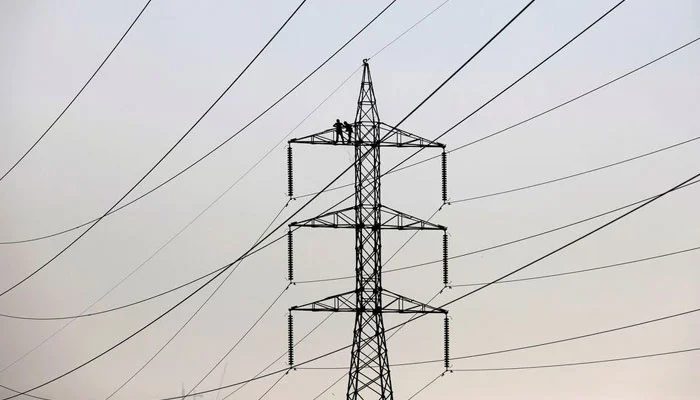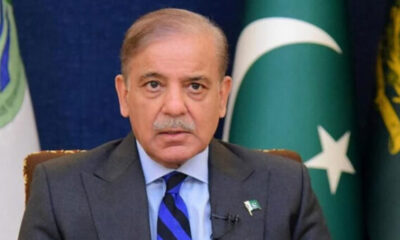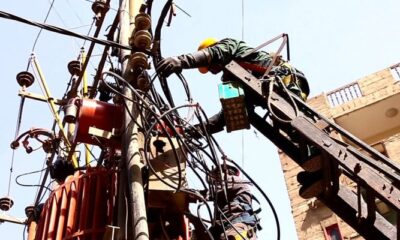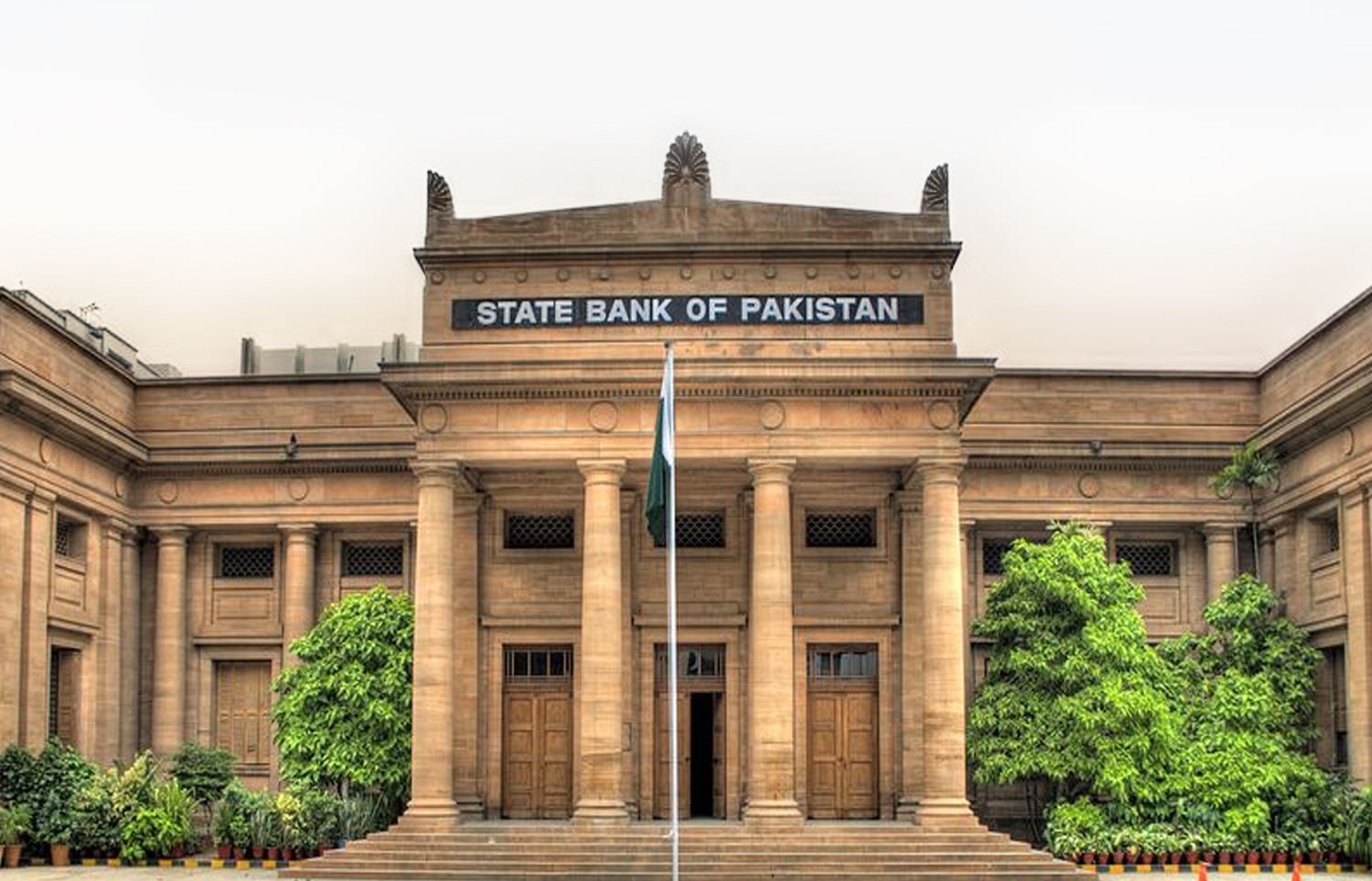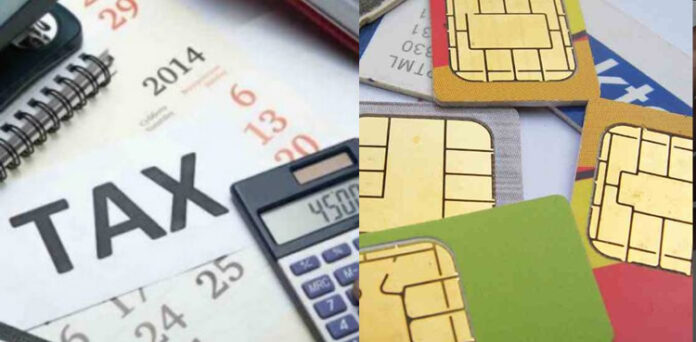- Govt to get a nod from IMF to accelerate economic growth.
- Power Division completes task of restructuring existing power tariff.
- Total cost of electricity unit comprises 72% fixed charges at present.
ISLAMABAD: In line with the direction from the Special Investment Finance Council (SIFC), the Power Division has deposited the draft of a new power tariff design with the Finance Ministry.
This has been done to get a nod from the IMF to accelerate economic growth as the existing tariff regime is causing economic meltdown.
The SIFC’s Apex Committee, which met on January 3, 2024, directed the top mandarins of the Power Division to restructure the power tariff regime in a way that economic activities could accelerate, top officials in the SIFC Secretariat and energy ministry told The News.
Caretaker energy minister confirmed to The News that the Power Division has completed its task of restructuring the existing power tariff regime and has submitted it to the Finance Ministry, which will take it up with the IMF.
At present, the total cost of electricity unit comprises 72% fixed charges and 28% variable charges. Still, on the revenue side, the fixed charges stand at just 2% and variable charges stand at 98%. The relevant authorities, the officials said, have found a mismatch in the electricity tariff between cost and revenue structure and around 98% of domestic consumers (29 million consumers) are getting a subsidy of Rs631 billion. Of Rs631 billion, the government is providing a subsidy of Rs158 billion but the rest is being borne by industrial, commercial and high-end domestic consumers.
Under the current tariff regime, the government is offering power at the rate of 14 cents to the export industry owing to which Pakistan products are no more competitive if compared with products of Vietnam, Bangladesh and India as their electricity tariff stands at 9-10 cents per unit. All categories of electricity consumers — industrial, commercial and high-end domestic consumers are experiencing higher tariffs which has miserably slowed down the economic activities. Right now, Rs473 billion cross-subsidy is being offered to 29 million protected consumers and some unprotected domestic consumers who consume up to 300-400 units a month.
Restructuring the tariff regime would bring down the wheeling charges from Rs27 per unit demanded by CPPA to a reasonable level to ensure bilateral BtB electricity trade. In the fixed charges of electricity cost, capacity payments stand at 57%, Discos’ assets, including administrative costs, stand at 10% and transmission and market operator’s costs account for 4.5%. The variable charges include fuel cost, maintenance cost and the losses’ impacts. “The authorities are working to increase the tariff of the fixed charges which currently stand at 2% to a reasonable level and bring down the 98pc variable charges to rationalize the existing tariff design.”
The officials said the government intends to end the Rs244 billion cross-subsidy being extended from the industrial sector to protected and unprotected consumers using up to 300-400 units a month.
The withdrawal of cross-subsidy will cause an increase in the tariffs of protected and some unprotected consumers. This will provide the government space to bring down the industrial sector tariff to 9 cents per unit helping the industry to thrive and increase exports. They also mentioned that under the National Electricity Plan 2023-27, fixed charges would increase to 20% in 2027.
Apart from the Rs158 billion subsidy on the part of the government, industrial, commercial and high-slab domestic consumers are extending Rs473 billion cross-subsidy to the protected consumers and some non-protected consumers consuming up to 400 units, whose tariffs did not increase for decades. By doing so, the burden on industrial, commercial and high-slab domestic consumers has increased manifold.
In the last increase in electricity tariff, the non-protected consumers falling in the 1-100 units slab category saw an increase in tariff by Rs3 per unit, those using 100-200 units have an Rs4 per unit hike, Rs5 per unit increase for those consuming 200-300 units slab and Rs6.5 per unit for those in the bracket of 301-400 units as compared to other high-end categories whose tariff was increased by 7.5% in the rebasing of electricity tariff for FY24.
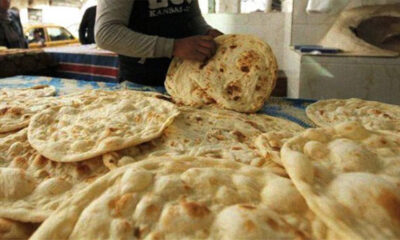
 Latest News3 days ago
Latest News3 days ago
 Latest News3 days ago
Latest News3 days ago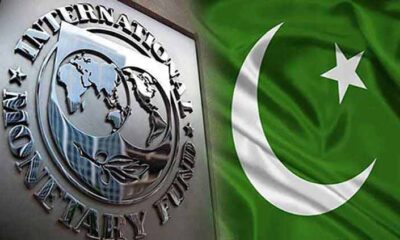
 Business3 days ago
Business3 days ago
 Latest News3 days ago
Latest News3 days ago
 Latest News3 days ago
Latest News3 days ago
 Latest News3 days ago
Latest News3 days ago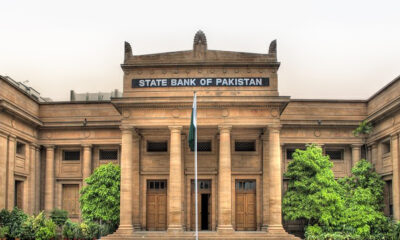
 Business3 days ago
Business3 days ago
 Business3 days ago
Business3 days ago
